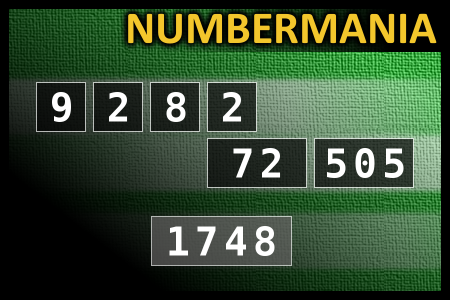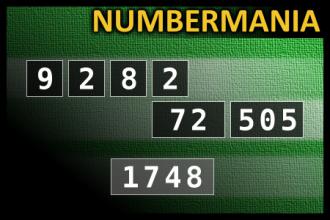Calculate the number 1748
NUMBERMANIA: Calculate the number 1748 using numbers [9, 2, 8, 2, 72, 505] and basic arithmetic operations (+, -, *, /). Each of the numbers can be used only once.Correct answers: 27
The first user who solved this task is Sanja Šabović.
#brainteasers #math #numbermania


